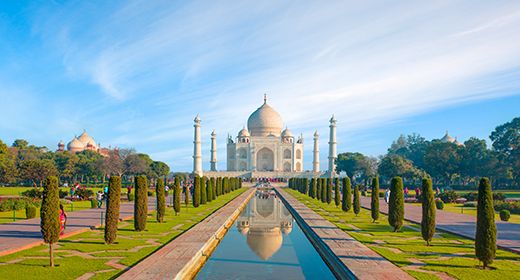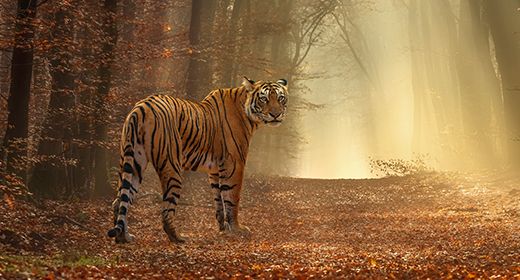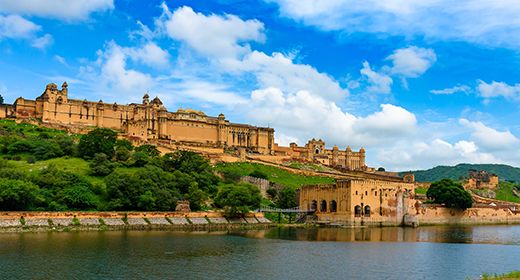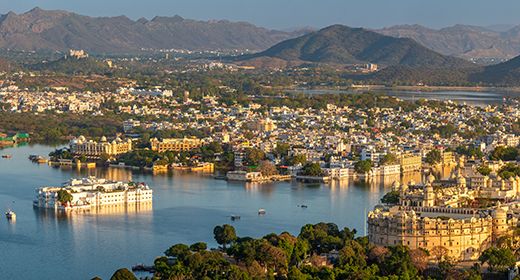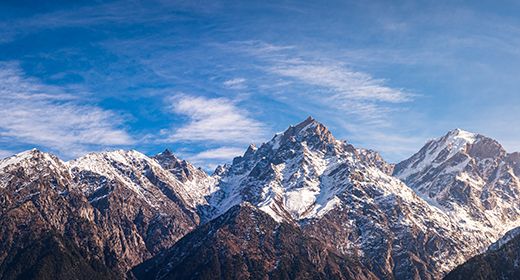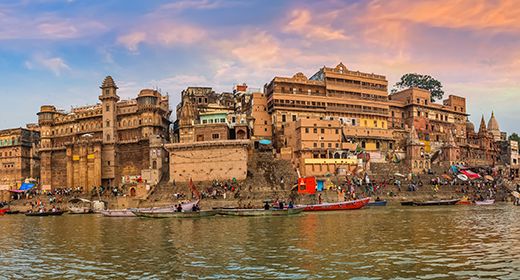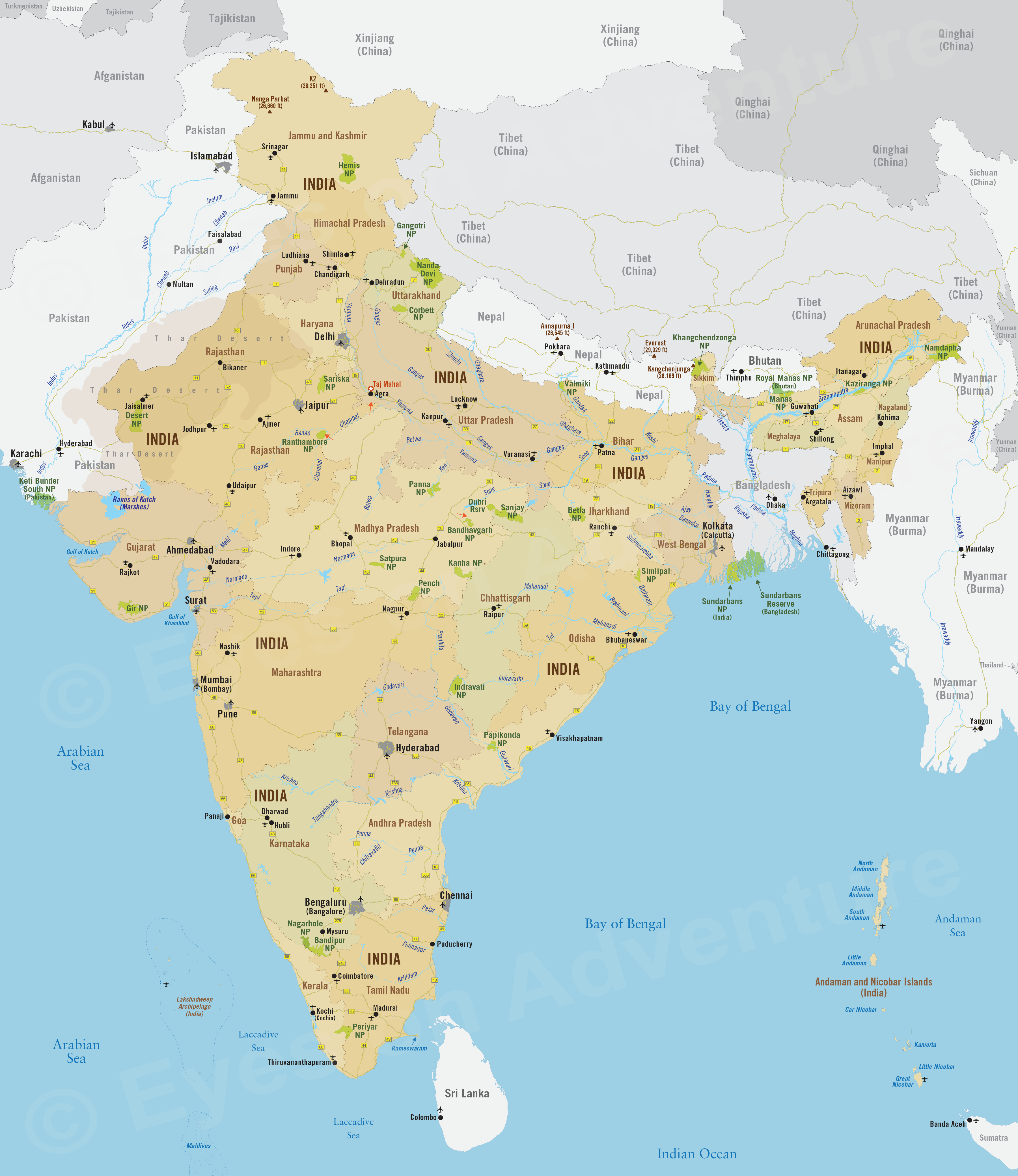India
Highlights
-
Explore The Golden Triangle, featuring the Taj Mahal, Delhi, Agra, and Jaipur.
-
Visit numerous nature reserves, home to tigers, elephants, other wildlife, and abundant birds.
-
Travel north to explore the foothills of the Himalaya Mountains.
-
The Deep South offers tropical coastline and historic monuments.
-
Rajasthan (The Land of Kings) for historic cities.
-
Remote Assam for tea plantations and superb wildlife viewing.
India is a destination that offers visitors an incredible diversity of landscapes, cultures, history, and nature. India's massive size (seventh-largest country by area), population (over 1.4 billion people - nearly 18% of the global population as of 2024) and the diversity of its inhabitants (122 official languages) make it more like a continent than a single country.
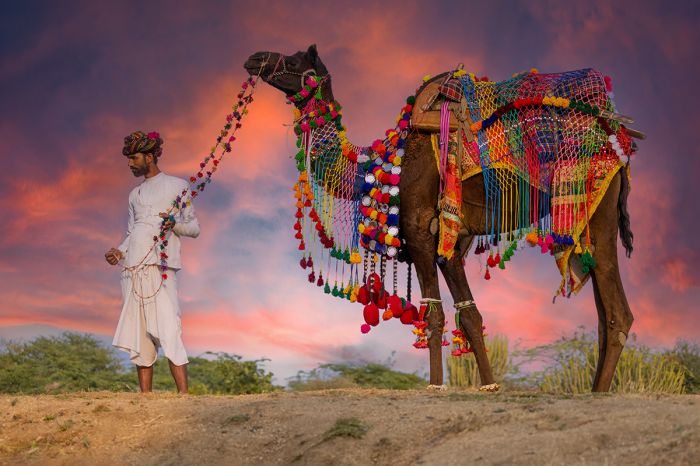
A Rabari man with his traditionally adorned camel.
Visitors to India cannot possibly get an overview of the entire country during a single visit - it would take over a year to do this, so trip planning should focus on a manageable amount of geographic areas or on desired experiences.
Most visitors will arrive and start their stay at the airport in the capital city of New Delhi which is part of so-called 'Golden Triangle', the most popular travel circuit for first-time visitors to India.
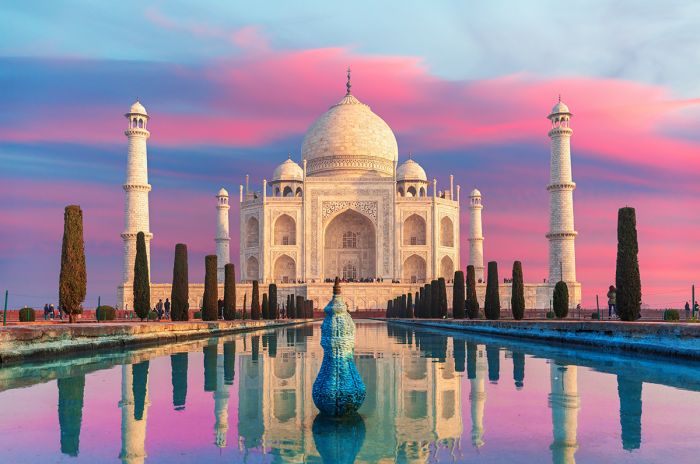
The well-known Taj Mahal is a highlight on the 'Golden Triangle' circuit.
The much-travelled Golden Triangle includes the national capital of New Delhi (sometimes also called Dehli), the city of Agra, where everyone always visits the spectacular and well-known Taj Mahal, as well as the Red Fort, and the 'Pink City' of Jaipur, which is known for its opulent, colonnaded City Palace complex.
Another Indian city worth consideration on a visit is the extraordinary religious city of Varanasi, often referred to as the spiritual capital of India, with its ghats - ritualistic bathing sites along the Ganges River, where Hindu pilgrims continue one of India's oldest religious traditions on a daily basis.
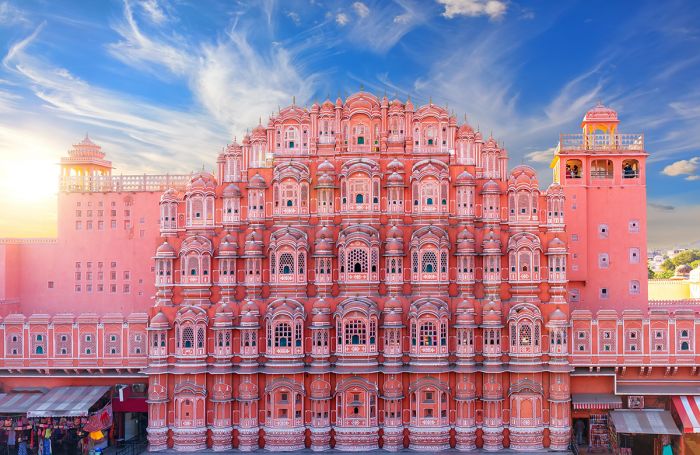
Hawa Mahal, the 'Pink Palace', in Jaipur, India.
Jaisalmer, located in western Rajasthan, is a spectacular town on the edge of the Thar Desert and one of India's most popular destinations. The town is situated atop a ridge of golden-yellow sandstone and its Jaisalmer Fort, which contains a royal palace and several ornate temples.
For those that want to experiences India's wildlife and natural areas, there are numerous parks and reserves that offer opportunities to see some of the world's last remaining Bengal tigers in the wild. Kanha National Park offers amazing wildlife, including tigers, buffalo, elephants, and exceptional birding.
Another superb wildlife destination is Bandhavgarh National Park, which has a high density of tigers, plus other wildlife, outstanding bird life, and fascinating ruins.
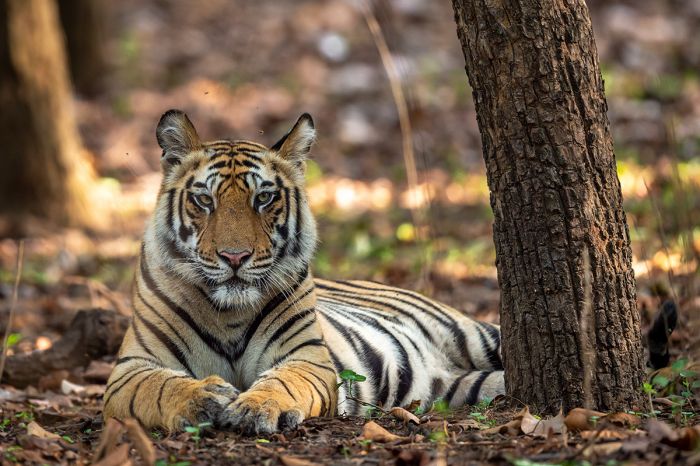
Wild Bengal tigers can be seen in numerous reserves in India. This one was photographed in Bandhavgarh National Park.
Assam, the least explored and one of the countries most beautiful states, is located in the far northeast and is connected to the rest of India by a narrow margin of land between Bangladesh and Bhutan and not far south of the border with China. The region is well-known for its tea cultivation.
Located in this region is Kaziranga National Park, a World Heritage Site, which offers plentiful numbers of the highly endangered Indian rhinoceros (Rhinoceros unicornis), as well as tigers, Asian elephant, buffalo, leopard, numerous herbivorous species, and outstanding birding.
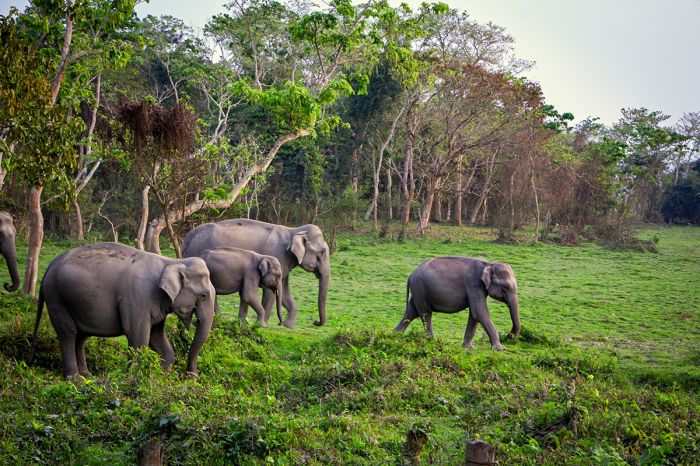
Asian elephants (Elephas maximus) move onto a lush clearing in Assam's Kaziranga National Park.
Some of the popular travel circuits in India include:
- The Golden Triangle: connects Delhi, Agra, and Jaipur. This will require a week. If you have more time, consider visiting a tiger/wildlife reserve or two.
- Rajasthan (The Land of Kings): Very popular for first-time visitors. Requires three weeks to see it all and may include Jaipur, Udaipur, Pushkar, Jodhpur, Jaisalmer, Bikaner, Nawalgarh, and if you'd like to see tigers, elephants and other wildlife, then Ranthambore.
- The Far South: Dramatic landscapes, tropical coastline, and historic monuments. Requires at least two weeks, but better with three and may include Chennai, Puducherry, Madurai, Periyar, Tricky, Thanjavur, Mamallapuram, Alapuzzha, and Fort Cochin.
- The Himalayas: See some of Earth's greatest mountain range. Requires 2-3 weeks and should includes the northern plains, the Tibetan Plateau, and Kashmir. Highlights include Shimla, Leh, Ladakhi Lakes, Kargil, Manali, and Srinagar.
To list all of the places one could visit would take many pages of text, so if you're unsure where to start and what not to miss on a visit to India, give us a call and we will help you decide.
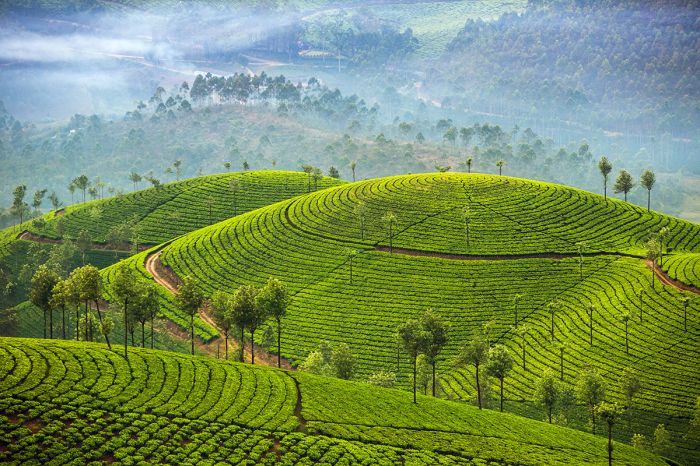
Tea cultivation in Munnar, Kerala, India.




